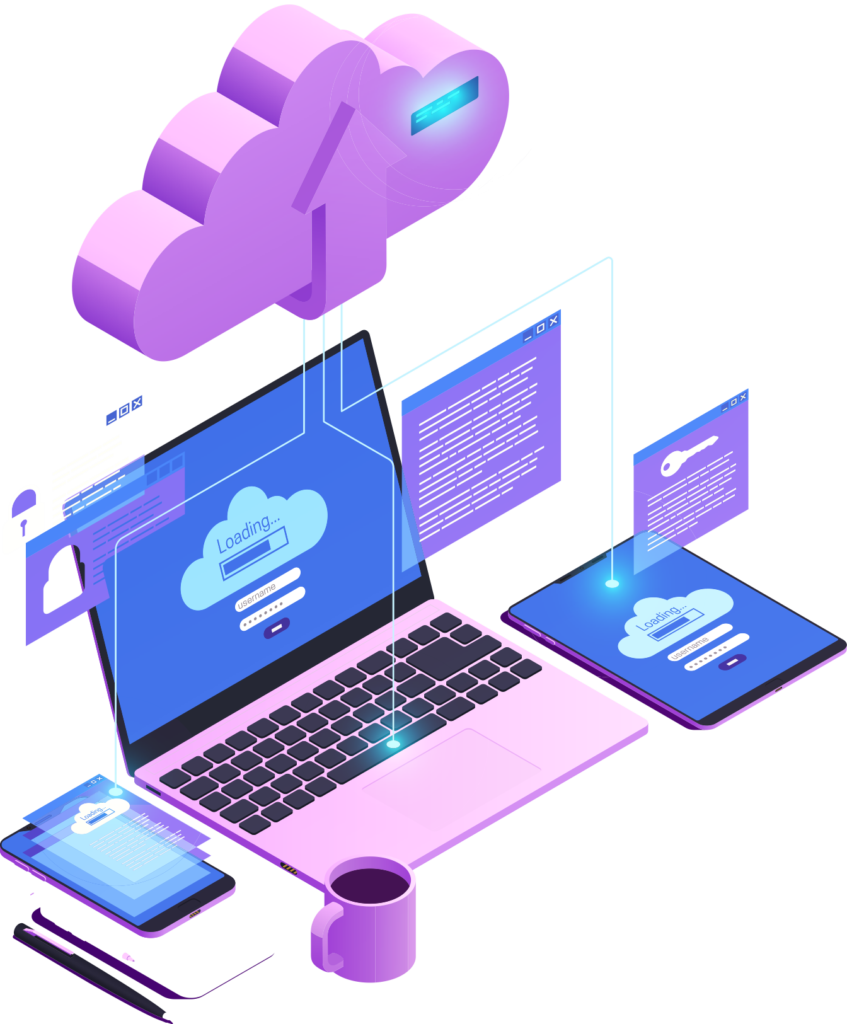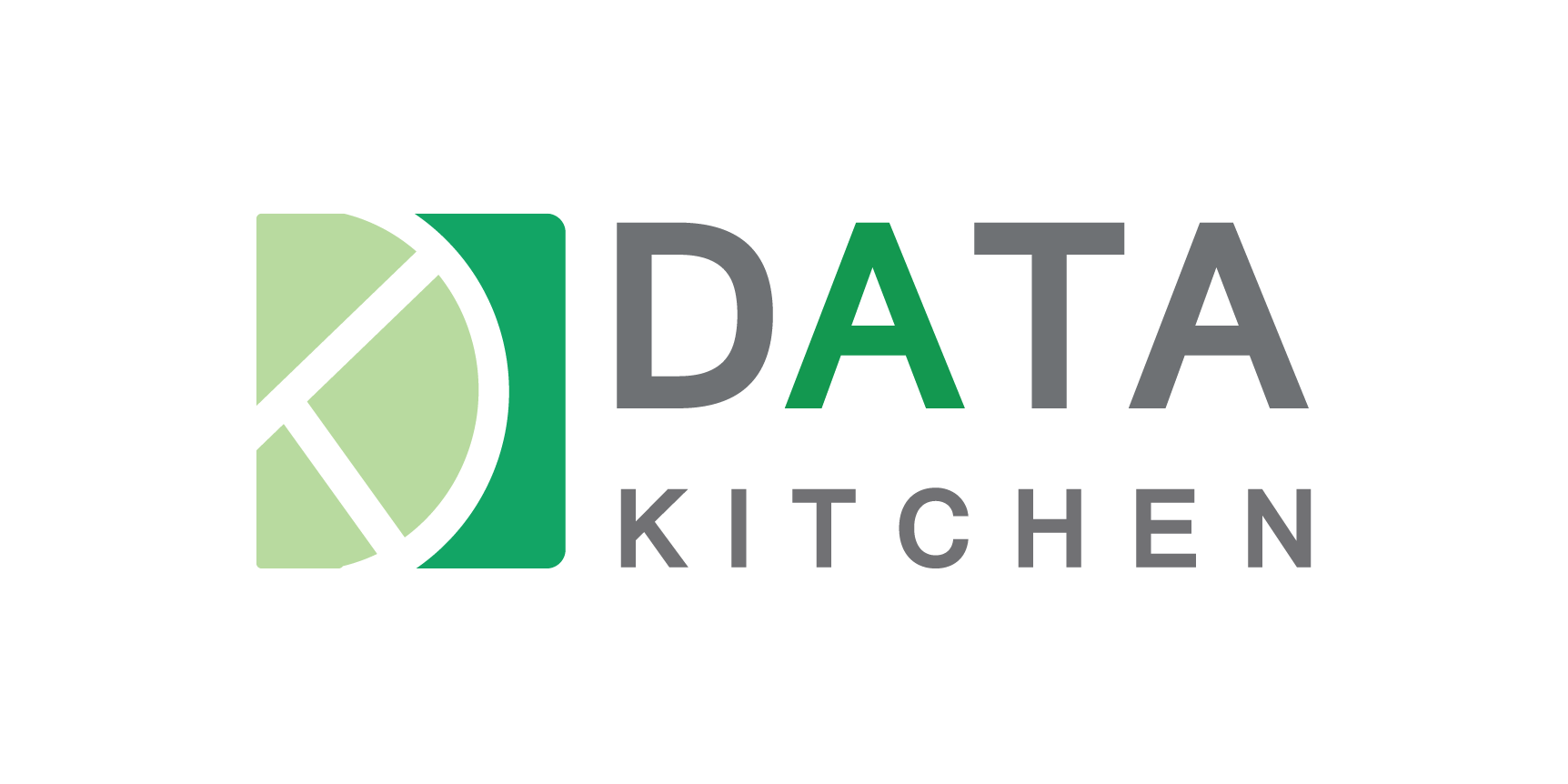Cloud Computing

Our Cloud Computing Services
Complere Infosystem provides the opportunities it presents—enhanced decision-making capabilities, improved customer experiences, and the ability to innovate more rapidly—make it a worthwhile endeavor for any data-driven organization.
We have over 200 data experts onboard and over 30 data projects in our portfolio.
Software as a Service (SaaS):
SaaS delivers applications over the internet. Instead of installing and maintaining software locally, users access it via the web browser. Examples include Salesforce, Microsoft Office 365, and Dropbox.
Platform as a Service (PaaS):
PaaS provides a development and deployment environment for building cloud applications. It includes tools, libraries, and services for developers. Examples include Google App Engine and Microsoft Azure.
Infrastructure as a Service (IaaS):
Enhancing conversion rates is a priority. Companies identify bottlenecks in the sales funnel and recommend improvements. Techniques like A/B testing and user flow analysis play a pivotal role.
Serverless Computing (Function as a Service, FaaS
FaaS allows developers to run code without managing servers. It automatically scales based on demand. Examples include AWS Lambda and Azure Functions.
Hybrid Cloud Services
Hybrid cloud combines public and private cloud environments. It allows seamless data and application mobility between on-premises infrastructure and public cloud services.
Functional Testing
How can you benefit from E-commerce Analytics?
Cost Optimization
- Cloud computing allows businesses to convert capital expenses into operational expenses, minimizing upfront investment in physical infrastructure. By paying only for the resources consumed on a pay-as-you-go basis, organizations can optimize costs and allocate budgets more efficiently, enhancing financial predictability and scalability.
Enhanced Scalability
- Cloud services provide on-demand access to scalable computing resources, enabling organizations to quickly adapt to changing workloads and demand spikes. This scalability fosters agility and flexibility, empowering businesses to efficiently manage growth, accommodate seasonal fluctuations, and meet evolving customer needs without over-provisioning or underutilization of resources.
Improved Performance and Reliability
- Cloud providers offer robust infrastructure and redundant systems that ensure high availability and reliability of services. By leveraging distributed data centers and advanced networking technologies, businesses can achieve improved performance, reduced latency, and enhanced uptime, thereby delivering a seamless and consistent user experience to customers and stakeholders.
Streamlined Collaboration and Productivity
- Cloud-based collaboration tools and applications facilitate seamless communication, file sharing, and project management across distributed teams and remote locations. By centralizing data and workflows in the cloud, organizations can break down silos, foster teamwork, and boost productivity, enabling employees to collaborate more effectively and accomplish tasks efficiently from anywhere, at any time.

How it Works
01. Virtualization and Abstraction
-
At the core of cloud computing lies virtualization. It abstracts physical hardware resources (like servers, storage, and networking) into virtual instances. These instances can be easily managed and allocated as needed.
-
Imagine a magician’s hat: Inside, there are various objects (virtual machines, containers, databases) that appear and disappear based on your requirements. Cloud providers like AWS, Azure, and Google Cloud are the magicians behind the scenes
03. API-Driven Infrastructure
-
APIs (Application Programming Interfaces) are the secret sauce of cloud computing. They allow developers to interact with cloud services programmatically. Think of APIs as the menu in a restaurant: You order what you need, and the kitchen (cloud infrastructure) prepares it for you.
-
Whether you’re provisioning a virtual machine or querying a database, APIs make it happen.
02. Elasticity and Auto-Scaling
-
Cloud services are like a dynamic orchestra. When demand surges (think Black Friday sales or a viral app), the conductor (cloud provider) adds more musicians (servers) to maintain harmony.
-
Auto-scaling ensures that your application can handle both a quiet afternoon and a bustling evening without missing a beat.
04. Geographical Distribution and Redundancy
-
Cloud providers have data centers spread across the globe. It’s like having multiple safe deposit boxes in different cities. Your data and applications can live in one or more of these locations
-
Redundancy ensures that even if one data center has a hiccup (or a meteor strikes), your services continue running smoothly from another location.
01. Strategy
- Clarification of the stakeholders’ vision and objectives
- Reviewing the environment and existing systems
- Measuring current capability and scalability
- Creating a risk management framework.
02. Discovery phase
- Defining client’s business needs
- Analysis of existing reports and ML models
- Review and documentation of existing data sources, and existing data connectors
- Estimation of the budget for the project and team composition.
- Data quality analysis
- Detailed analysis of metrics
- Logical design of data warehouse
- Logical design of ETL architecture
- Proposing several solutions with different tech stacks
- Building a prototype.
03. Development
- Physical design of databases and schemas
- Integration of data sources
- Development of ETL routines
- Data profiling
- Loading historical data into data warehouse
- Implementing data quality checks
- Data automation tuning
- Achieving DWH stability.
04. Ongoing support
- Fixing issues within the SLA
- Lowering storage and processing costs
- Small enhancement
- Supervision of systems
- Ongoing cost optimization
- Product support and fault elimination.
Implementation Approach
Assessment
We assess your current infrastructure, applications, and business goals to determine the most suitable cloud strategy.
Design
Our experts design a custom cloud architecture that aligns with your requirements, ensuring scalability and security.
Migration
We carefully migrate your data, applications, and services to the cloud, minimizing disruption and risk.
Optimization
Continuously optimize your cloud environment to ensure cost-efficiency and performance.



























